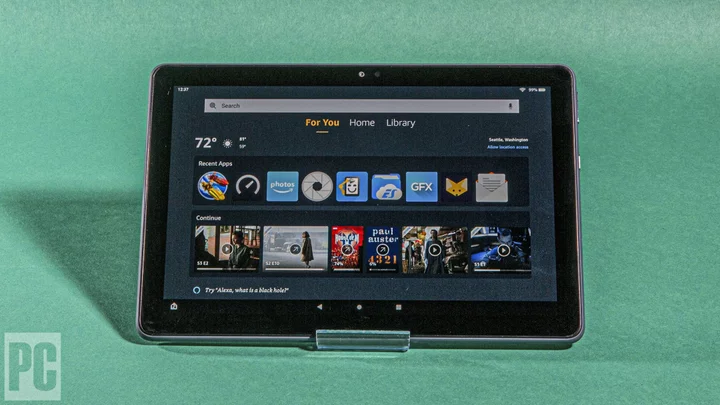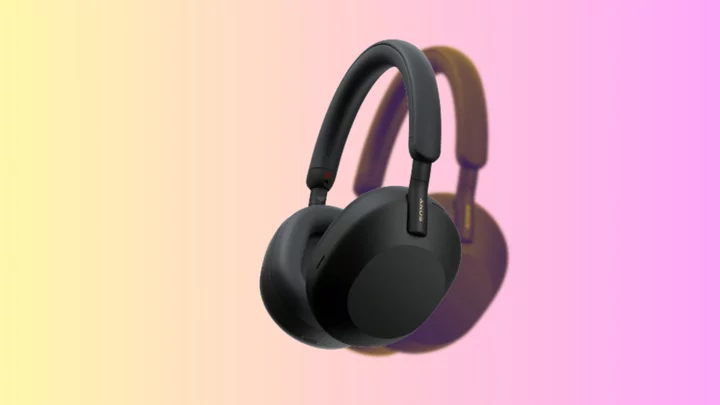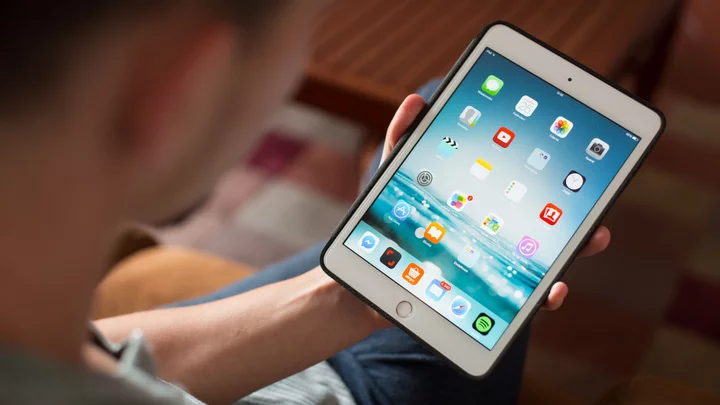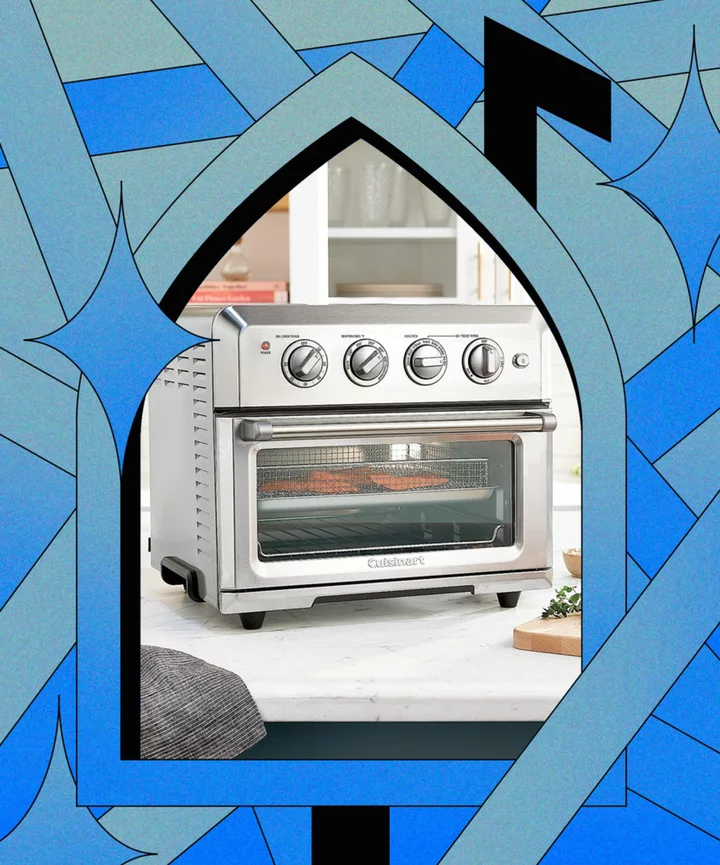Medical alert systems, also known as personal emergency response systems, offer a fast and easy way to get help during an emergency, whether for a medical issue, a fall, a fire, or something else. Broadly, these systems all have a help button that dials up an emergency response center and connects you to a live agent.
The most basic systems use a landline; they consist of a base unit and a portable help button you can wear around the house. But there are cellular options and GPS-based mobile solutions for people on the go, as well as options that automatically send an alarm when they detect a fall. Some services even call you to remind you to take your medications. Read on for the top medical alert systems we've tested, followed by everything you need to know about choosing the right one for you or a loved one.
What Equipment Do Medical Alert Systems Require?
As mentioned, the most basic medical alert systems use a landline telephone connection and consist of a base unit and a portable help button. They are incredibly easy to install; simply plug the unit into your phone jack and plug your phone into the secondary jack on the unit. Plug in the power cord and wait a few seconds while the system starts up, and when the LED indicator turns green, you are good to go. It's a good idea (and something providers encourage) to run a test by pressing the help button on the base unit to make sure everything works. When you reach an agent, simply tell them that you are conducting a test. They will verify your name and make sure everything is OK.
Base units look somewhat like a speakerphone and actually pulls double duty as one, but its main purpose is to connect you to a live emergency response agent without requiring you to pick up a phone. They likely have an obvious help or emergency button. Other common features are a speaker and an embedded microphone for two-way hands-free communication, an LED status indicator, and a reset button.
WellBe Medical Alert Plus (Credit: HandsFree Health)On some systems, pressing the reset button completely cancels the call to the response center. On others, pressing it silences the beeping alarm but won't cancel the call, which means you still have to speak to an agent to tell them that everything is OK. Emergency responders might also use it to let the response center know that help is on-site. Make sure your base unit has a built-in battery backup that allows it to operate in the event of a power outage.
You can wear portable help buttons as a pendant necklace or on your wrist like a watch. They are designed for use inside and around the home, although some have GPS technology that helps them track you everywhere else. If you are in the house or your backyard and need assistance, just press the button to initiate a call to the response center. If you can't get close enough to the base unit to respond to the agent, the agent might try contacting people on your contact list before calling 911.
Portable help buttons are almost always waterproof and safe for the shower. Most can communicate with the base unit from distances of up to 1,500 feet. You should test your help pendant by pressing the button from various locations in your house and yard so you know what kind of range to expect.
A fall-detection pendant does everything that a regular help button pendant does, but has built-in sensors that can detect if you take a spill. If it does, it initiates a call to the response center. These devices usually require an additional monthly fee, however.
Should You Choose an In-Home or Mobile Medical Alert System?
In-home systems are ideal for people who rarely leave the house, but if you maintain an active lifestyle, consider a mobile medical alert system. Mobile systems use GPS technology to pinpoint your location and cellular technology to connect you to a response center.
Mobile models are usually a bit larger and heavier than a standard portable help button, but are still small enough to wear comfortably. They contain a help button that initiates a call to the response center, and a speaker and microphone for two-way communication. Rechargeable batteries power most mobile pendants and typically you can pay extra for fall detection sensors.
If you don't have a landline or simply don't want to use it for a medical alert system, you can order a base unit with built-in cellular circuitry, but subscriptions for these systems are pricey. You don't also have to subscribe to a cellular service provider, however, because this is just part of your subscription. As with landline systems, cellular systems are very easy to install; just plug them in, wait for the LED to glow green, and conduct a test.
How Medical Alert Systems Work
To call for help, simply press the help button on the base unit or your wearable device. The base unit will automatically dial up your medical alert service provider's response center. You might hear a series of loud beeps while the unit attempts to connect. After around 20 to 40 seconds, a live agent should answer the call and ask if everything is alright. The base unit acts as a hands-free speakerphone so all you have to do is tell the agent what your situation is and request help. Of course, if you pressed the button on accident, you can explain that to them as well.
If you request help, the agent will call 911 and an emergency responder will dispatch to your address. If you are unable to answer, the agent will start calling the numbers on your contact list, which you usually fill out online or via a mail-in form. If the agent can't reach anybody on the list, they will then contact 911. Many services request that you include medical information when you fill out the initial contact form, including any existing conditions, medications, physician contacts, and allergies. This information goes into your account and can be vital during emergency responders.
What Are the Monthly Fees for Medical Alert Systems?
Most medical alert systems offer no-contract monthly subscriptions, but some require a multi-year commitment. A landline-based in-home system can range in price from around $25 to $35 per month. That price includes everything you need to get up and running in minutes. Cellular in-home subscriptions are a bit more expensive; expect to pay anywhere from $35 to $45 per month. Mobile systems can cost even more per month and might even require a one-time upfront fee. Regardless of the type of system you need, look for a company that offers a discount for committing to a quarterly or annual payment plan.
Most medical alert services won't charge extra for monitoring a spouse, but in most cases, you have to pay an additional monthly fee for a second help pendant. Some services also offer daily wellness checks in which an agent will call in at a specified time to make sure everything is OK and remind you to take your medications.
What Medical Alert Accessories Do You Need?
If you live in a very large home with lots of backyard real estate, consider a service that offers a long-range pendant. Wireless wall-mounted help buttons are another common accessory that you can place around your home to expand coverage.
Finally, consider using a lockbox accessory that you hang on your outer doorknob. The box has a compartment where you stash a house key and can open with a combination. When help arrives, the response center can give the combination to the emergency responders. That way they can open your door instead of knocking it down.









